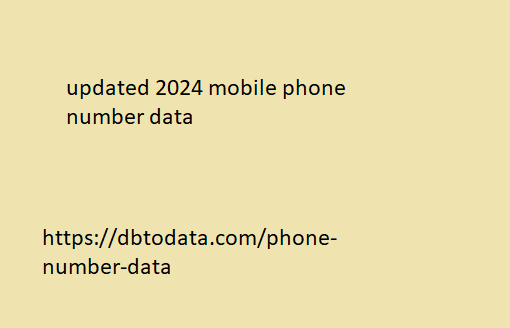Gone are the days when companies responded to the discontent of disappointed customers by conducting surveys on their websites. If you want to differentiate your brand in an increasingly competitive environment, you need to start listening to each individual.
Since reviews are becoming the new currency, you can’t ignore them. Collecting feedback gives you much more than just knowing what your customers didn’t like and what you can do better. Website surveys allow you to reach your audience at the right moment and at the right time.
They will help you find out what exactly is behind your customers’ behavior, why they choose your products, and why they prefer them to competitors’ alternatives. With this knowledge, you will be able to better communicate your benefits to consumers and develop a new value proposition. In addition, analyzing feedback through on-site surveys will help identify the reasons for low conversion rates – this is especially relevant for e-commerce businesses.
With surveys on the site, you can learn about the latest industry trends, assess the demand for new features and types of products, and understand how your customers’ needs are changing. You get an unprecedented opportunity to change the situation on the market, adapting your offer to consumer desires better and faster than your competitors.
Putting yourself in your customers’ shoes isn’t just about running short surveys on your website every now and then. Collecting feedback on a regular basis should be part of your company culture. The easiest way to explain this approach is with the feedback loop.
What is a feedback loop and how does it work?
Feedback loop is a consistent collection and processing of feedback. Such a system suggests considering receiving feedback as a process, and not as an activity.
In practice, the feedback cycle includes the following stages:
- Step 1: Request Feedback – Send your survey to the client.
- Step 2: Collect Feedback in One Place – Use a single tool to store feedback and categorize it for easy future reference.
- Step 3: Analysis and Planning – Shape the look and feel of your product based on the information you receive from your surveys.
- Step 4: Implementation – Change your product based on customer feedback.
- Step 5: Notification – Inform customers about a recent update or improvement to some aspect of your product.
Once completed, start the whole process again.
In this article, we’ll demonstrate how to conduct the first two stages of a feedback cycle. After reading it, you’ll be familiar with europe cell phone number list the principles of organizing surveys on your site and the tools needed to conduct them.
Launch polls on the page at the right time
Ask for feedback when customers are most likely to posebna ponuda vrijednosti respond, rather than mindlessly bombarding everyone on your list with emails. Some brands still pick a generic template and send it to everyone who signs up indiscriminately.
Low response rates, unsubscribes, and your email being sent to spam are typical results of such marketing campaigns. Avoid this scenario and choose a more targeted way to attract users who are ready to share feedback. Then you can create a survey at the right moment when the customer is more likely to complete it.
Here are some triggers that can bw lists be used to effectively target your audience:
- Landing page URL;
- new and regular visitors;
- browser;
- time spent on page;
- clicking on a specific link;
- intention to exit;
- pages visited during the session.
Develop as many scenarios as you can for the triggers you can use and align them with the goal of your survey. For example, if your goal is to gather feedback on a new page design, consider which type of customer would provide the most insightful feedback. This might be users who scroll down at least 80% of the page and stay on the page for at least 1 minute.
Conduct NPS surveys
Asking for feedback at the wrong time and place is one of the reasons why people refuse to answer surveys and you get little to no data to analyze. When you create an NPS survey, your customers may be busy, at work, or simply not responding to emails, texts, or calls.
NPS surveys are essential for understanding how satisfied users are with your service. They help identify red flags for customers who are about to respond. They can also help you learn how to improve the user experience.
You can run NPS surveys in your customer portal, a place that only your users have access to. You can also determine when they appear. For example, an ISP might run a survey in the customer portal right after a user renews their subscription or pays their monthly bill.
Review these steps to create a survey and think about where to place it once it’s ready (think about specific pages that can be used as triggers).
Add an empty text field
In some situations, predefined options are not enough. The problem may be too complex, and you need honest customer feedback. Let’s take customer support as an example.
Once a customer support representative has answered a customer’s question, you have several options for what to do next. You can create a survey asking for feedback on the representative’s performance and ask the customer if they were helped.
However, such an answer will give you little information about the quality of the support service. That is why you can add an additional question for users who were not satisfied with the support by adding an empty text field in the survey.
In the future, by collecting and sharing more detailed feedback with your agents, you can improve the quality of your support service. Employees will be able to work more effectively on solving common problems or even learn to prevent them from occurring.





